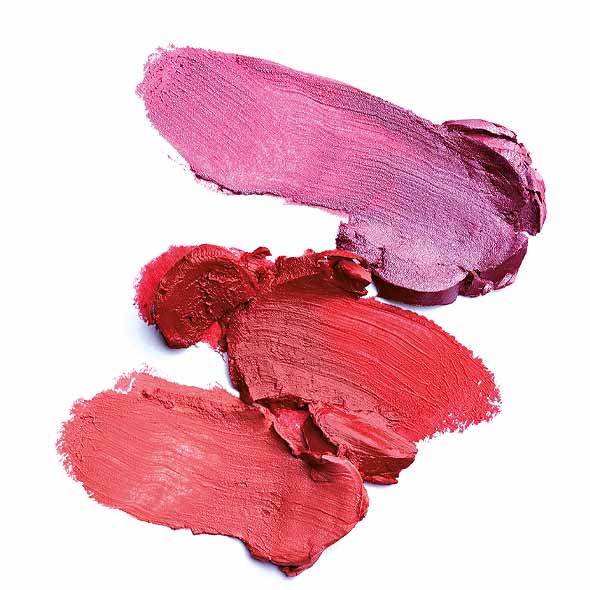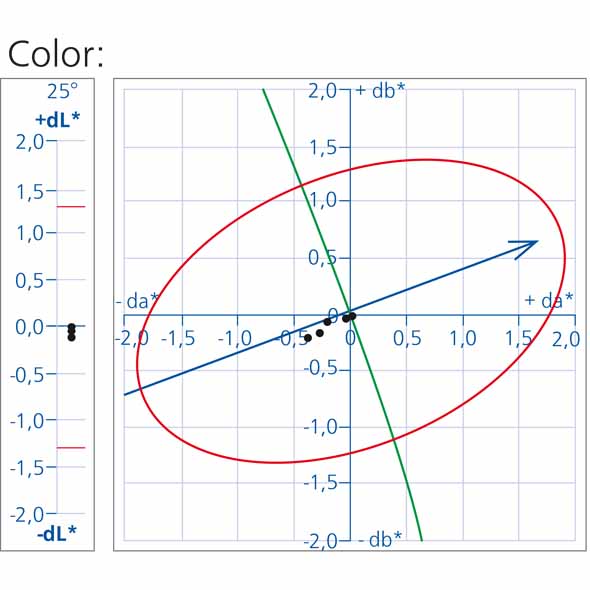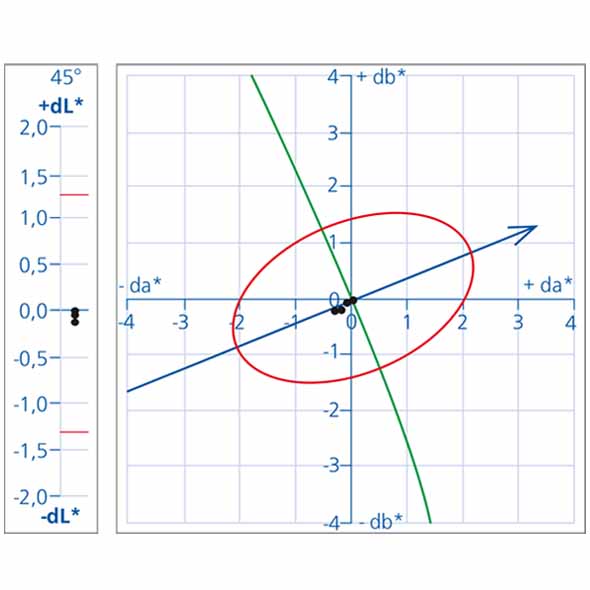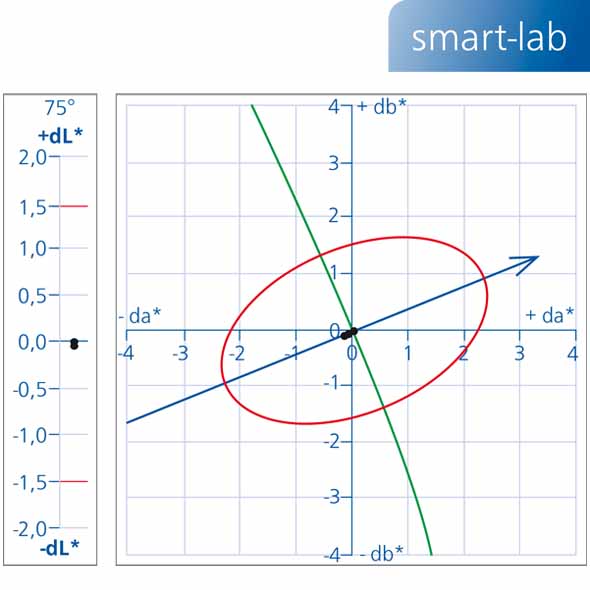Multi-angle Color & Effect
BYK-mac i
Product Info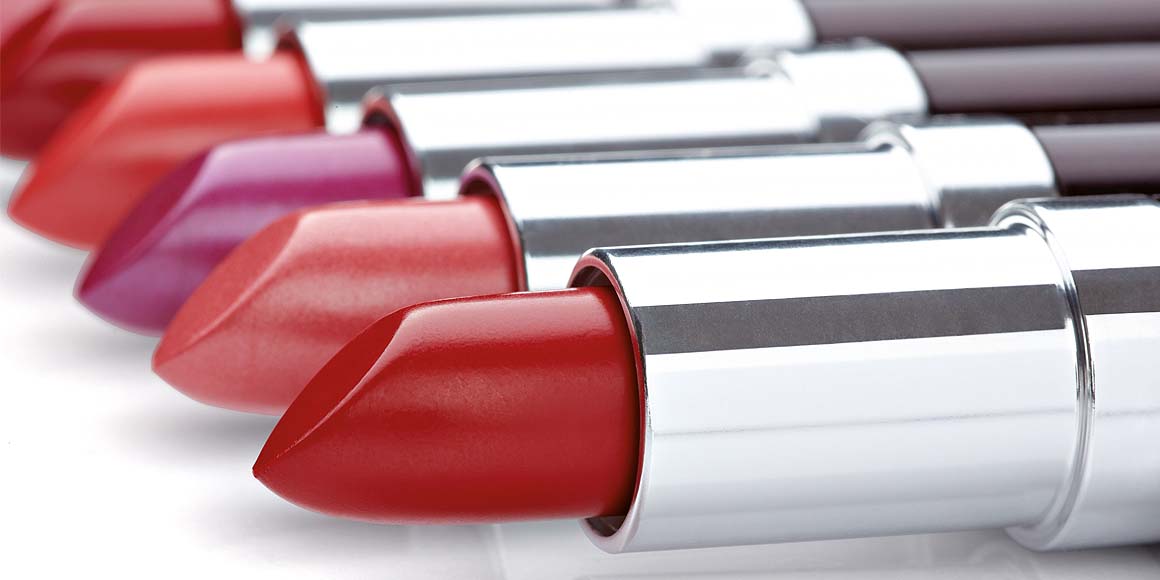
On its way to the final product a lipstick passes many different physical states ranging from liquid over pasty to the molded final stick. Consistent lipstick quality can only be guaranteed, if every production step is controlled. BYK-Gardner offers the complete solution for measuring liquid and pasty materials as well as the final product quality of the lipstick.
Lipstick is made of dyes and pigments in a fragrant oil-wax base. Pigments are first dispersed in an oil base, then added to an oil/wax phase and mixed until a homogeneous product has been achieved. Last, effect pigments like metallic or pearlescent pigments may be added to obtain high effect colors. The final lipstick paste is then either molded, or it is poured into pans and stored for future molding. In case of the lipstick mass being stored before it is poured and molded, it must be reheated, checked for color consistency (color bleeding) and adjusted to specifications.